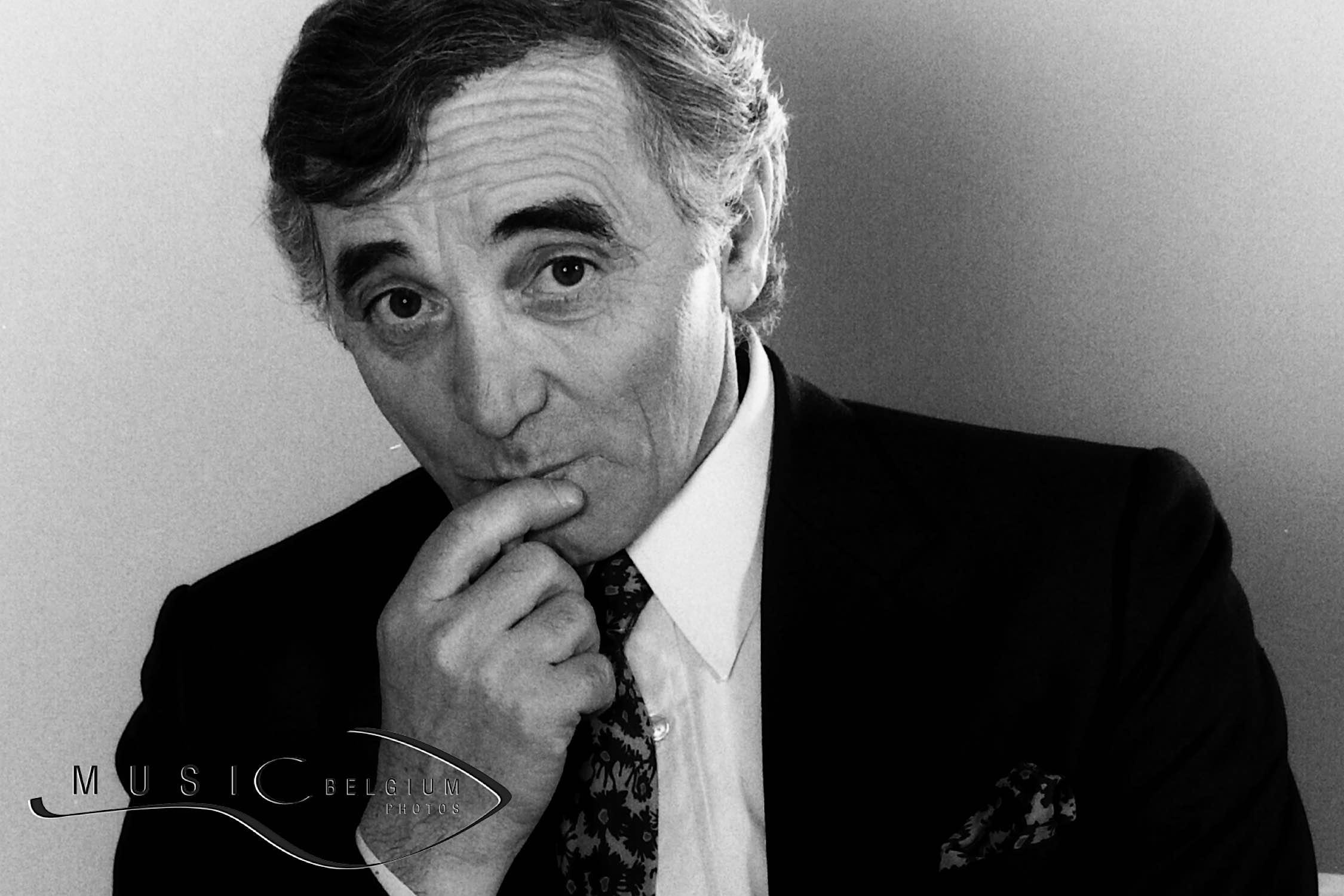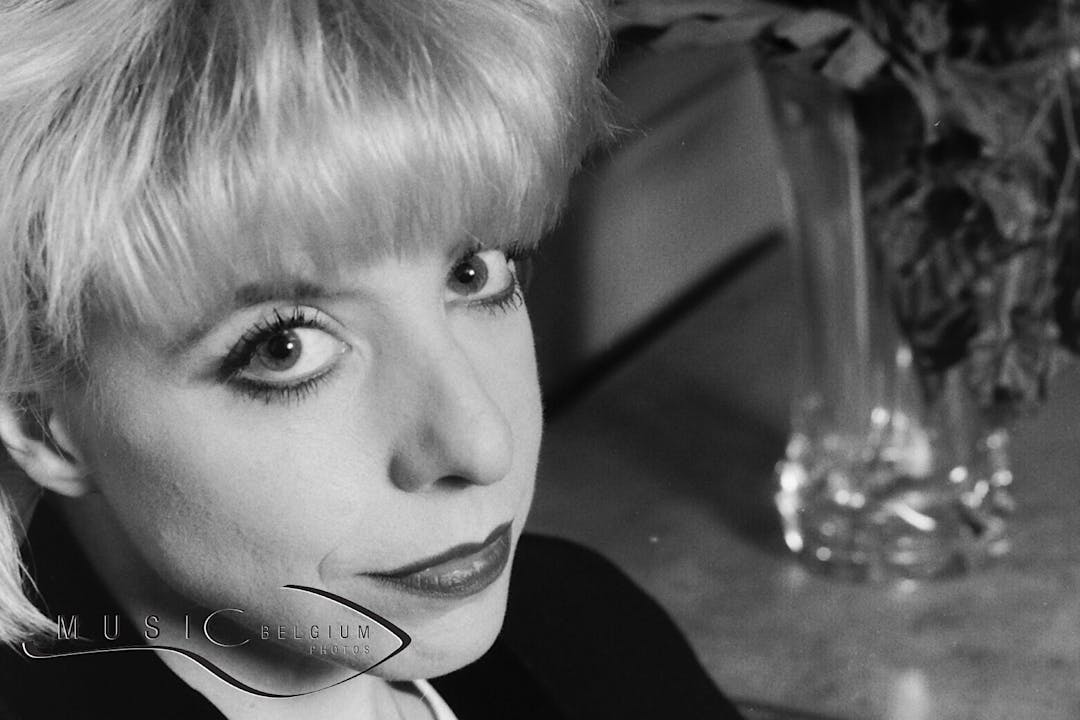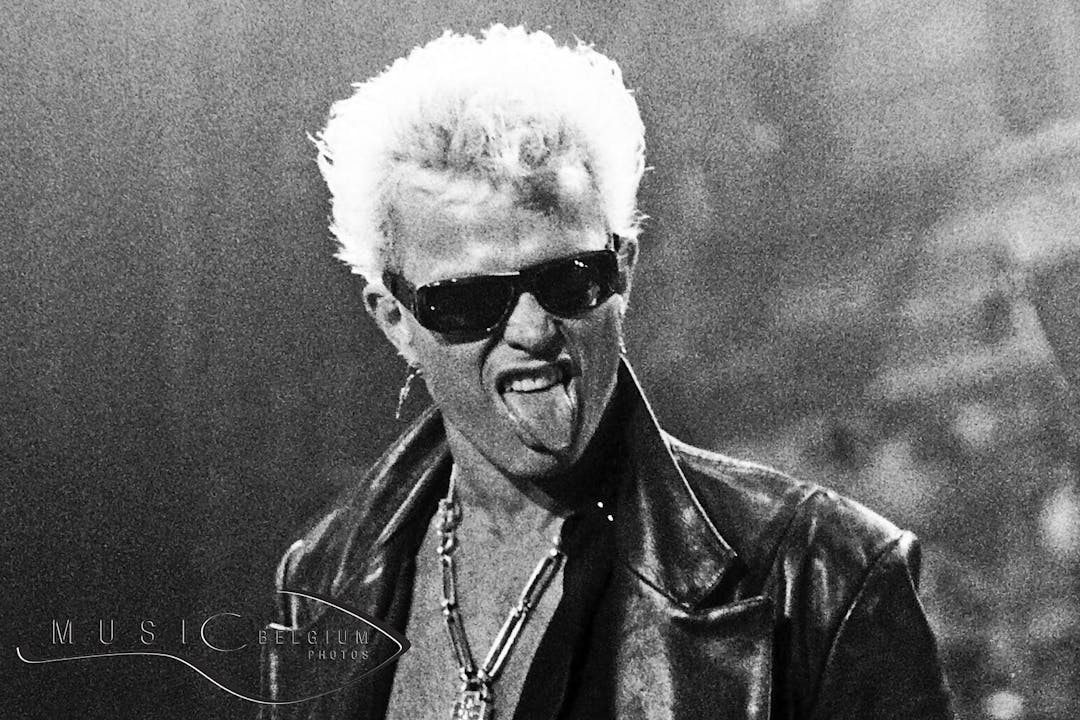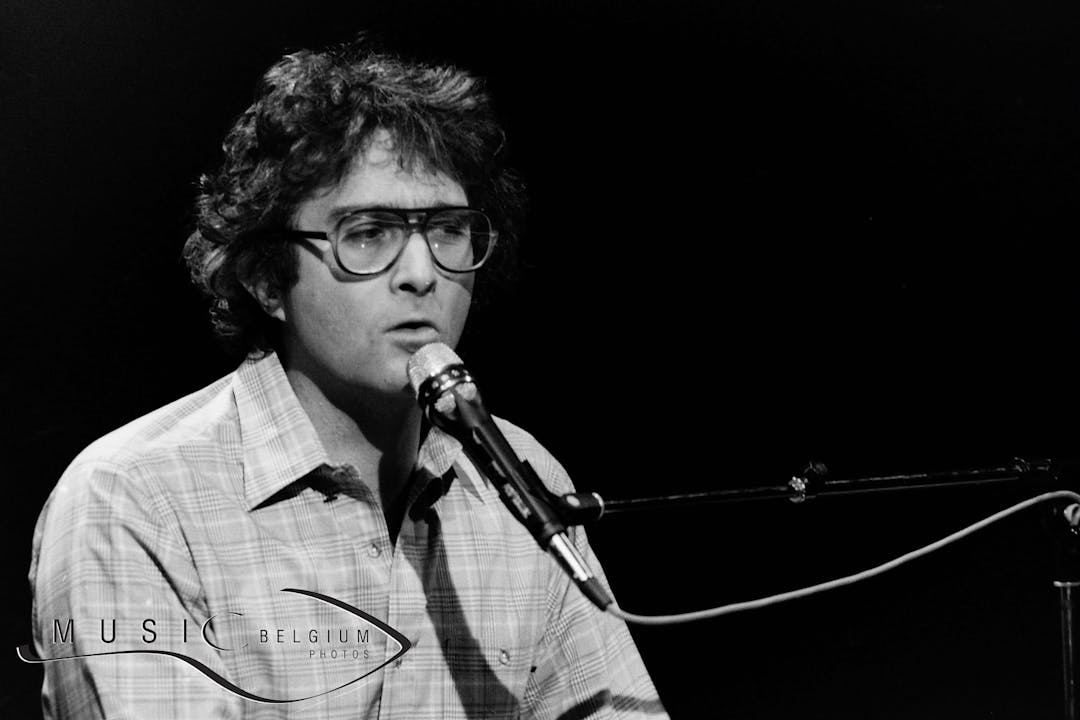
TAGTIK NEWS - TO THE POINT
Born on 22 May: Charles Aznavour, the most French of Armenians

He left us on 1 October 2018 at his home in Mouriès in the south of France and would have celebrated his centenary in 2024.
Writing the biography of this legend is a bit like setting out to climb Mont Blanc. Every possible route has already been tackled, but a journey back in time always brings its share of emotions and memories.
Alongside his career as a singer, Charles Aznavour also starred in around sixty films (some considered masterpieces, such as "Shoot the Piano Player" by François Truffaut in 1960). In tribute to his family origins, he even became an Armenian citizen in 2008 and was then appointed Armenia's ambassador to Switzerland until his death.
Looking back, it's tempting to think that Aznavour has always been a shining star, but that was not the case. A huge admirer of Charles Trénet and long under the protective wing of Edith Piaf, it actually took him about fifteen years to achieve his first significant successes. Those things the critics once held against him—his nasal voice, outdated gestures, and that distinctive range caused by a paralysed vocal cord—eventually became hallmarks of his talent. While Aznavour was generally uncontroversial, he did suffer the wrath of censorship with the pacifist refrain "L’amour et la guerre", which was banned from the airwaves during the Algerian War.
From the early 1960s, after an unexpected triumph at the Alhambra in Paris, his successes became too numerous to count. The first major hit was "J’me voyais déjà" in 1960 (sung by a man who had long awaited recognition), then "Les comédiens" (1962), "La mama" (1963), "Hier encore" and "For Me formidable" (1964), "La Bohème" (1965), and "Emmenez-moi" (1967). A generous talent, Aznavour also penned some iconic songs of France's yéyé era: "Retiens la nuit" for Johnny Hallyday and "La plus belle pour aller danser" for Sylvie Vartan. He was even a pioneer in daring to talk with subtlety about homosexuality in "Comme ils disent". In the 1970s, the hits kept coming: "Mes emmerdes" and "Les plaisirs démodés". He started to make his mark in the English-speaking world too, appearing in the charts with his very French-sounding English accent...
In the 1980s, he discovered a new cause, lending support to his parents' homeland after the terrible earthquake that struck Yerevan in 1988. With no fewer than 80 other artists, he created "Pour l’Arménie" in 1989, following the same model as "Do They Know It's Christmas" (1984). For Charles Aznavour was also a philanthropist…
And as he once modestly said in a 2001 interview on France Inter radio: "I just sing what I live. I am not a man of slogans. I am a man of emotions." And God knows how many hundreds of thousands of listeners he has moved...
(MH with Stéphane Soupart - Photo: © Etienne Tordoir)
Photo: Portrait of Charles Aznavour during one of his visits to Brussels (Belgium) in January 1987
LATEST NEWS

Jafar Panahi Wins New York Award and is Sentenced to Prison by Iran

Born on December 2: Peter Kingsbery, founder of Cock Robin with firebrand Ana LaCazio

Born on December 1: Julee Cruise, "Twin Peaks'" haunting voice

Born on December 1st: Alain Bashung, French rock poet who waited a long time for success

Born on November 30: Billy Idol, the (kind) rebel of Generation X

Born on November 28: Randy Newman tells stories and makes movies
Quick links